Phantom Power for Microphones: Specifications and Connections

Some microphones commonly used in studios operate wirelessly. But for this they need phantom power.
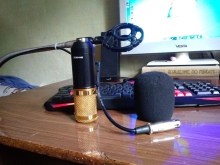
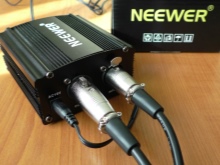
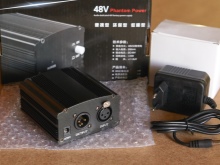
What it is?
Phantom power is used to operate condenser and electret microphones. In this case, the power is supplied through the same cables as the audio. This voltage is usually 48 V. However, you should not confuse them with ordinary computer interfaces - their power supply is 5 V. This power is also called phantom, but it has nothing to do with professional equipment.
The device feeds the microphone, and its operation is similar to the operation of a capacitor, with the only difference that, instead of a capacitor plate, the microphone membrane works.
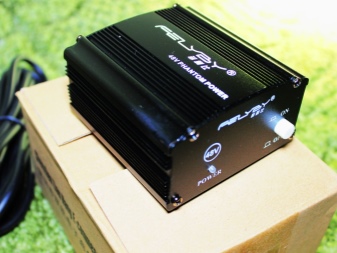
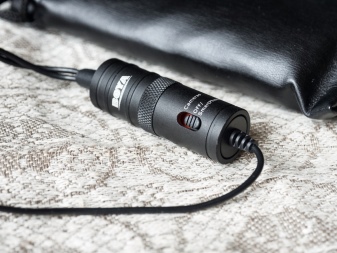
Where is it embedded?
Such sources are most often embedded into receiving devices. They can be mixing consoles, microphone preamps and other similar devices. However, in some cases, phantom power may not be provided by the manufacturer, or power is required much lower, for example, 24 or 12 V. Then you need to purchase phantom power separately, and its use must be pass-through. In other words, it needs to be connected to a microphone, and the output from the unit to a receiving device.
If the power was purchased separately, then you should know that it should be mounted in any convenient and accessible place, since the device has a button with which the phantom power can be turned on or off.
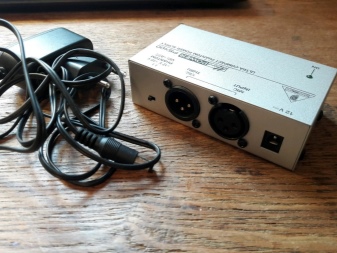

The purchase of phantom power is also necessary in the event that if a person is not satisfied with the quality of the element that is already built into the equipment. It is possible that the available power supply makes a hum or unpleasant noise effects. Usually such problems occur in cheap equipment.
The unit itself is usually powered by batteries or rechargeable batteries, and it must have a built-in low-pass filter, which is responsible for the absence of low-frequency hum. Conventional condenser microphones also use power for polarization.
It is also worth noting that such microphones can be connected to the XLR port.
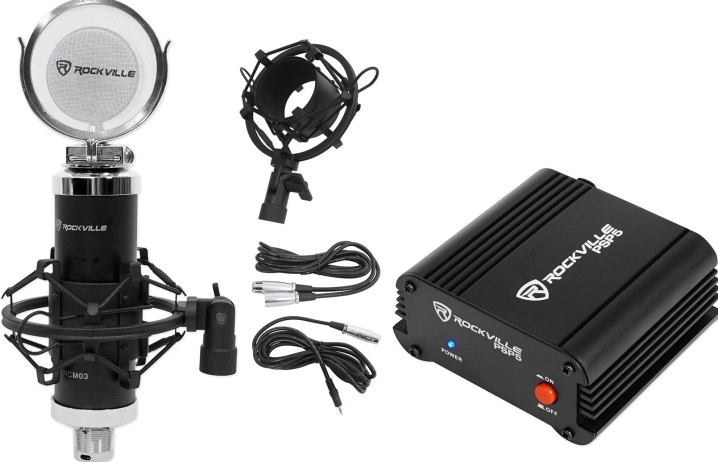
How to do it yourself?
To obtain a 48 V supply voltage, use separate transformer or DC / DC converter. When using batteries, it is useful to know that most microphones operate at less than 48 V. For clarity, you can try 9 V, gradually increasing it to the required level. However, it is worth remembering that the microphone sound will be different from what it should be by default. In this case, 5 batteries are enough - this will be enough to provide power to the microphone.

When using batteries it is necessary to short-circuit them with a capacitorso that there is no noise effect. You can install 0.1uF and 10uF capacitors in parallel with the batteries.
Below is an example of how to make a phantom power unit with your own hands, more precisely, the scheme according to which it will work.
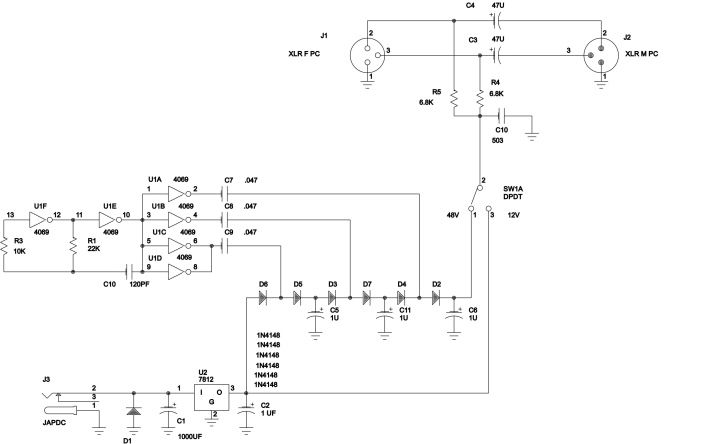
To implement the required scheme, you will need stabilization and filtering of interference, with which linear regulators LM317 do an excellent job. However, this will require an alternating voltage of 32 V. The use of a transformer above 24 V is justified, but this element may not be at hand. In this case, a multiplier by 4, made on capacitors and diodes, will come to the rescue. It is also worth noting that the choice of such a direction is justified by the presence of a common point for entry and exit, which is a minus. Thanks to this, the circuit is greatly simplified, in addition, there is a savings in money on the purchase of a transformer.
If you look closely at the diagram below, you can clearly see that a common zero (stabilizer LM317) or a multiplier by 4 is included according to the standard scheme. VD2 - Zener diode - protects the microcircuit from voltage drops between input and output. This drop is possible during the charging of the capacitor C7 or the incorrect installation of R5 and is short-lived. In this case, the microcircuit is shunted, thereby preventing its failure.
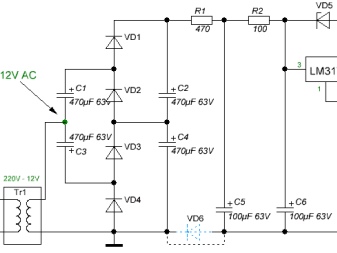
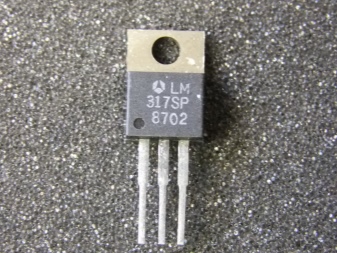
The reverse voltage must be selected no more than 35 V, but too low is also undesirable. This is necessary to maintain the adjustment and stabilization range (especially important in the case when the transformer will deliver a voltage of more than 12 V). In our version, the required parameter of the output voltage of the stabilizer (48 V) can be set using R5.
C1-C4 together with VD1-VD4 form a multiplier by 4. To reduce the background, double filtration is further applied: second order filter (R1C5) and stabilizer filter on LM317. After the microcircuit, a capacitor C7 is provided - this is necessary to prevent self-excitation of the circuit.
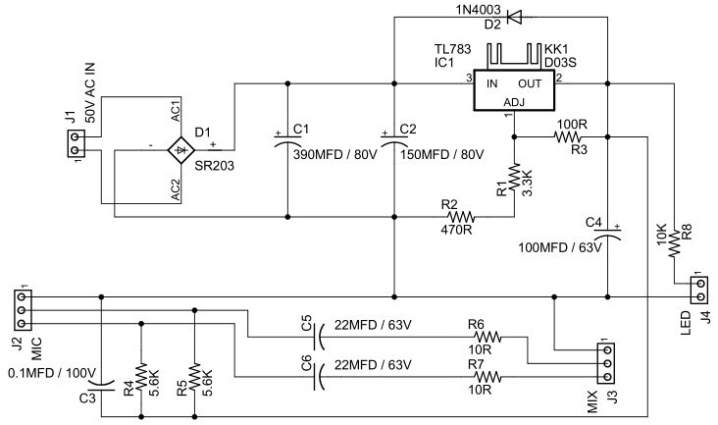
Resistor R5 must be set to trim the output voltage. Resistors R4 and R5 must be quite powerful, as they will heat up during operation. The rating for R4 is 0.25 W, for R5 is 0.5 W.
Below is a modified circuit. The power supply is used here as a separate device. In this case, phantom power is supplied through the limiting resistors R6 and R7 to the signal terminals of the device (for condenser microphones with XLR connectors, these are pins 2 and 3, 1 is common). The signal is fed through the blocking capacitors C8 and C9 directly to the receiving device.
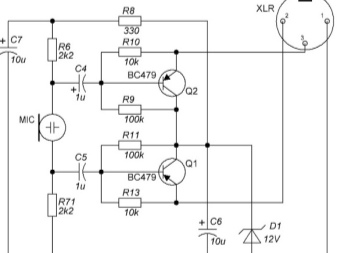
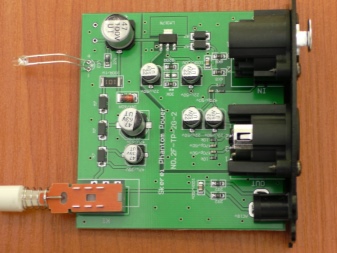
In order for the background on nutrition to be absent or to be minimal, you should adjust the circuit with a trimmer resistor R5... In this case, it is necessary to ensure that the background is minimal and the power is maximal.
Linear stabilizer can work as a filter only if the voltage drops across it, which will be equal to the ripple amplitude.
In this circuit, the divider resistors do not have an exact rating, as this allows them to adapt to different transformers (10 to 16V).
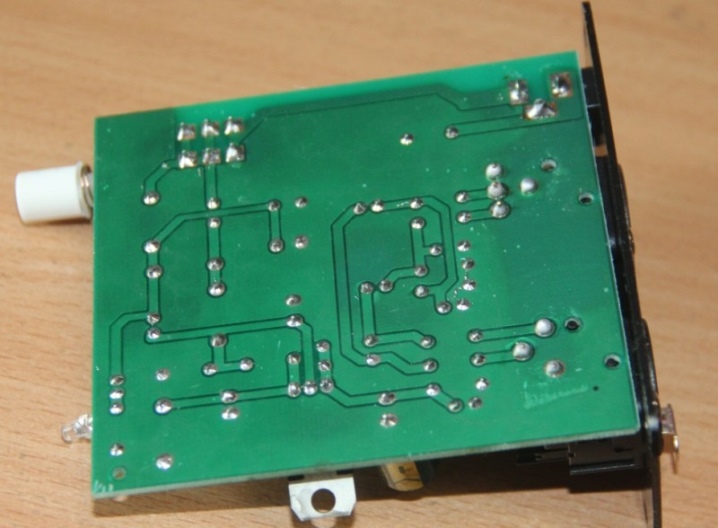
The 48V phantom power supply is presented in the following video.













The comment was sent successfully.